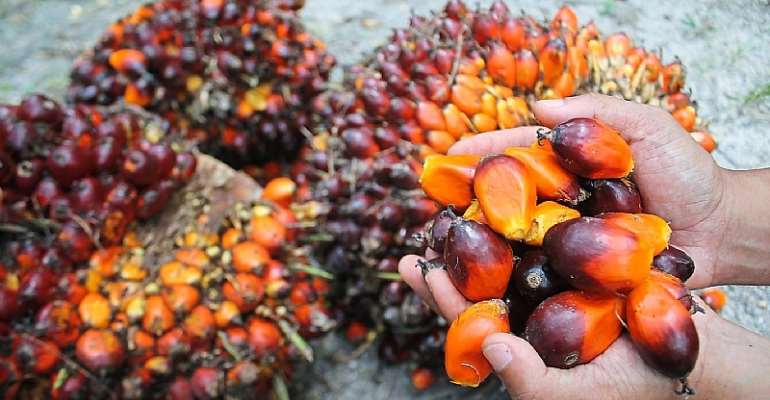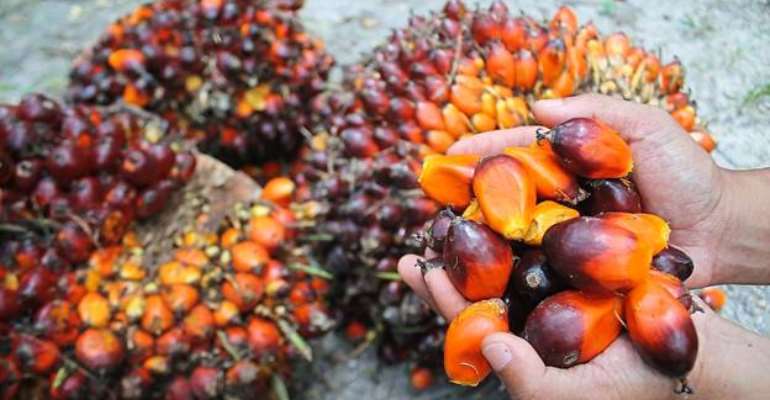A natural form of vitamin E called alpha-tocotrienol can trigger the production of a protein in the brain that clears toxins from nerve cells, preventing those cells from dying after a stroke, according to new research appearing online in Stroke.
This natural substance, one of three mechanisms this form of vitamin E uses to protect brain cells after a stroke, may be more potent than drugs targeting single mechanisms for preventing stroke damage, according to Ohio State University scientists who have studied the nutrient for more than a decade.
These researchers previously reported that the tocotrienol form of vitamin E protects the brain after a stroke by blocking an enzyme from releasing toxic fatty acids and inhibiting the activity of a gene that can lead to neuron death.








